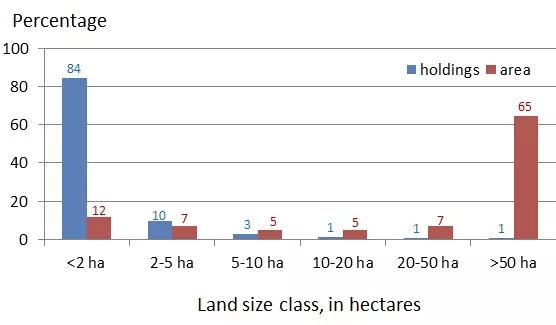What financial institutions can do to help poor smallholder farmers secure their livelihoods and make their communities more climate-resilient
Big in numbers, small in size
When German-born British economist E F Schumacher published his book Small Is Beautiful in 1973, he proposed an alternative to the mainstream economic principle of “bigger is better.” Mr Schumacher was an early proponent of sustainable development, demanding that people and planet should matter more than mere profits.
Agriculture plays a key role in global and local sustainable development. It is not an exaggeration to say: Farming is everyone’s business! Just think about the following mind-blowing facts:
- The world population will reach 10 billion by the year 2050, and global food demand will increase by some 50 percent by then.
- 30 percent of global food production is wasted after harvest.
- Every year, we lose almost 1 percent of global farmland due to environmental degradation.
- 26 percent of global greenhouse gas emissions, which cause climate change, come from the food sector.
- Up to 2,000 species of wild animals and plants are estimated to become extinct each year, and agriculture is a main driver of this biodiversity loss.
- There are an estimated 570 million farms worldwide, 84 percent of which are smallholdings with less than 2 hectares of land (equivalent to a plot of 200 meters by 100 meters).
- Smallholder farms comprise only 12 percent of all agricultural land on our planet, but still produce roughly one third of the world’s food.
Distribution of the world’s farms and farmland area by land size class.
Source: CGAP.

Why do smallholder farmers matter?
To consider sustainability in all its
